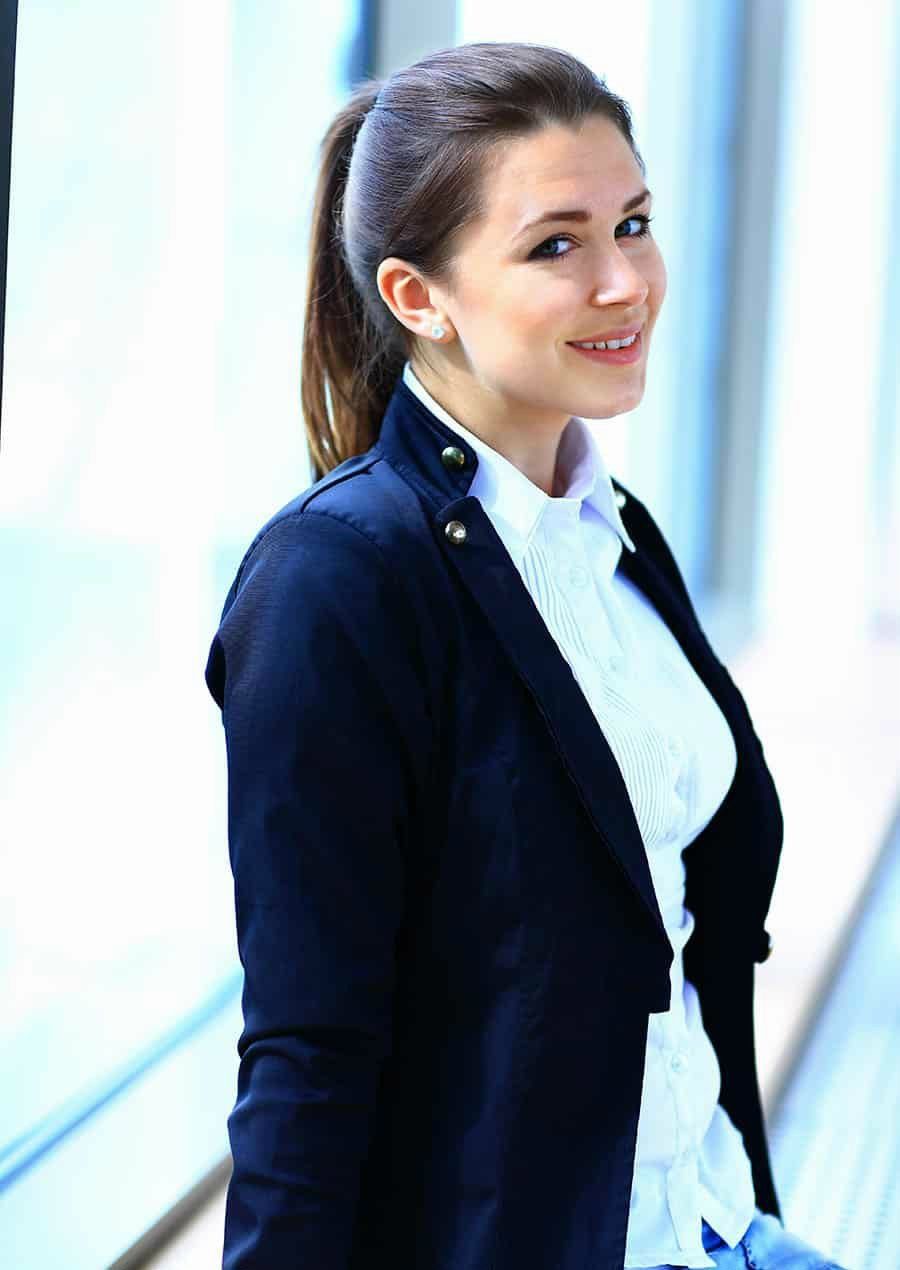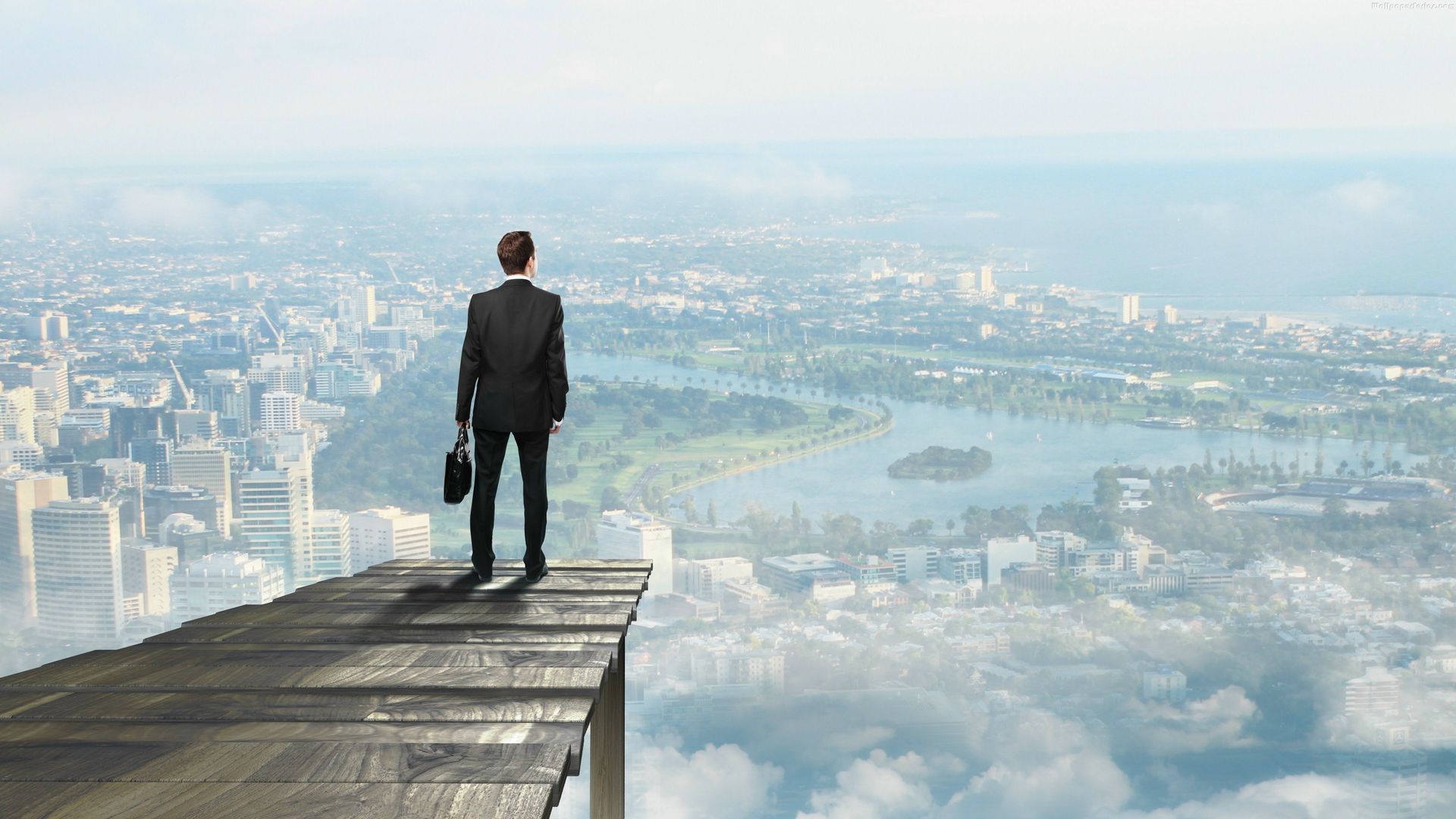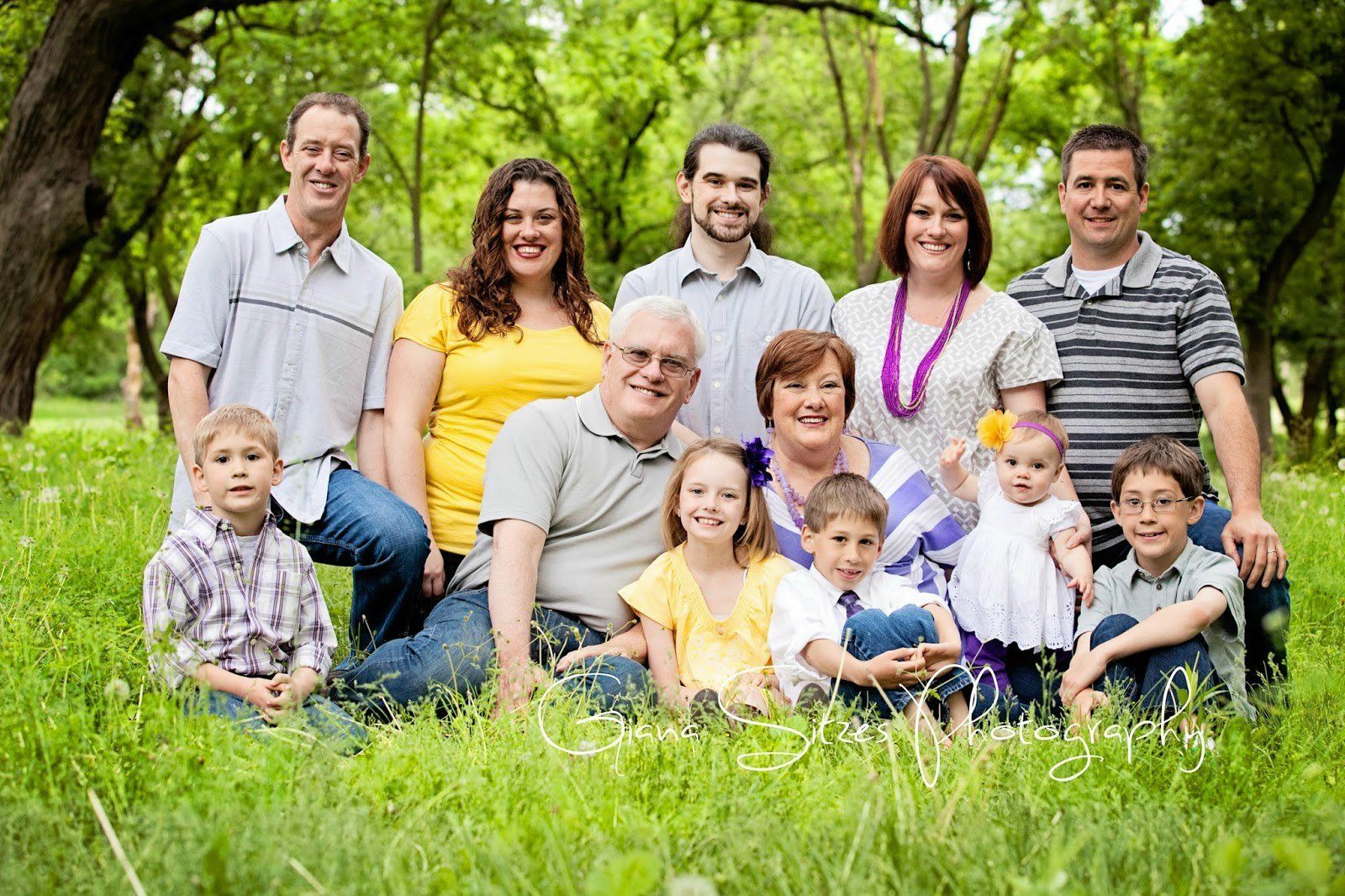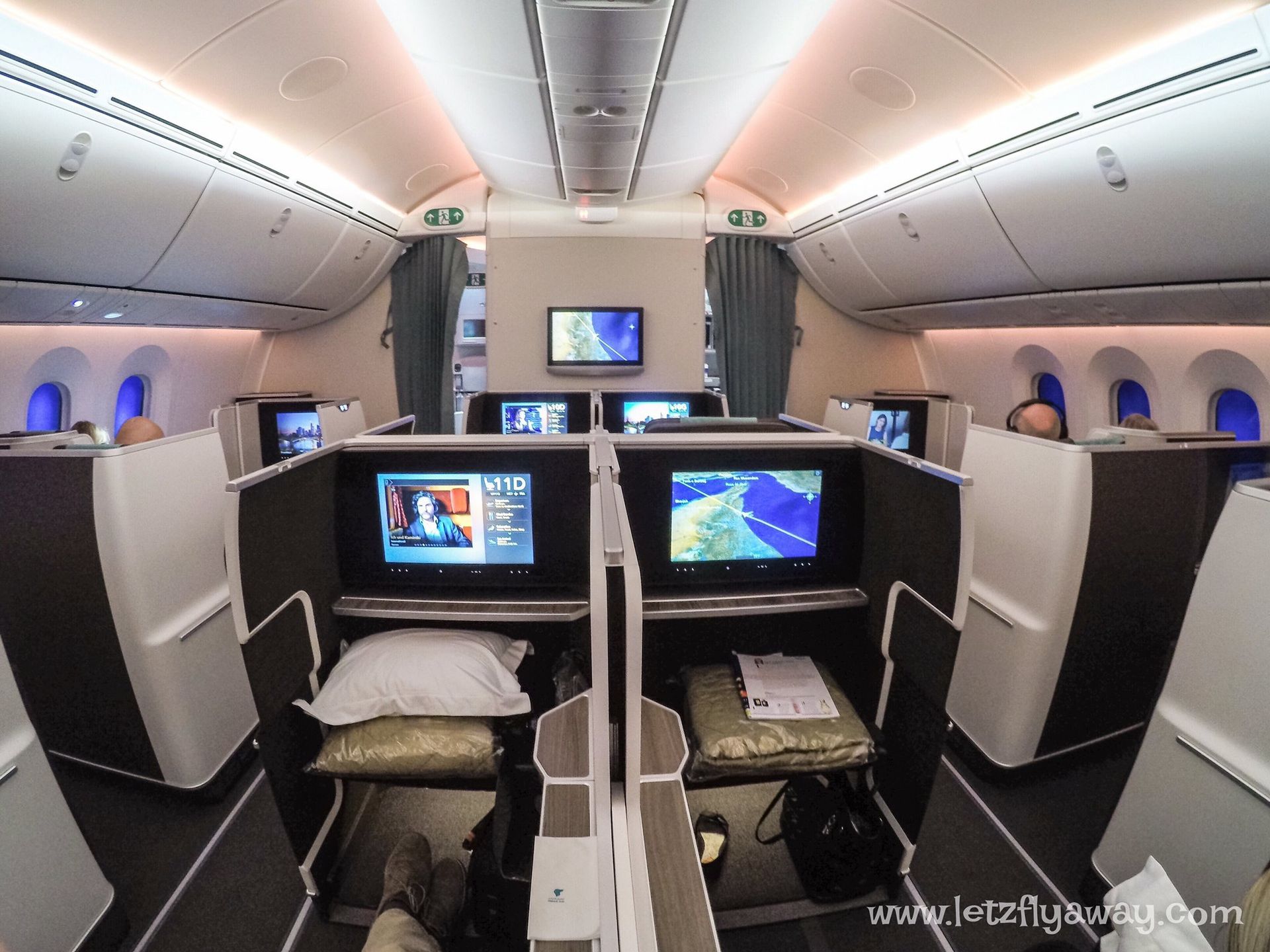 Breaking News
Breaking News
The Invisible Architecture of a Perfect Vacation
The screen’s light is a sterile blue-white, painting the same impossible sheen on two different infinity pools. Click. The first villa: a palace of glass and travertine perched on a cliff, the Pacific smashing itself into foam 133 feet below. Click. The second villa: a palace of glass and travertine nestled against a golf course, the Sea of Cortez gently lapping a shore that looks combed by titans. The tabs are open, side-by-side. The price difference is a negligible $373. The descriptions use the same five adjectives: stunning, luxurious, breathtaking, private, unforgettable.
Yet, one of these places will lead to a vacation of quiet, introspective mornings and evenings spent listening to the tide. The other will deliver a trip wired with social electricity, late-night laughter echoing from distant balconies, and the constant, thrumming possibility of town.
One is Palmilla. One is Pedregal. And the websites, in their glossy perfection, are telling you a beautiful, functional lie.
They’re showing you the house, but they’re hiding the habitat.
I used to get this wrong. Consistently. I once booked a place in a European city based on 43 impeccable photos. The listing promised a “serene hillside escape, just minutes from the vibrant city center.” Both things were technically true. What was omitted was that the “hillside” was a cliff face with a gradient that would challenge a mountain goat, and the “minutes” were only accurate if you were traveling by helicopter. Every trip for a morning coffee became a 23-minute tactical ascent. The serenity was born of pure exhaustion. We felt isolated, trapped in our beautiful prison, defeated by geography.
Pedregal: The Drama and Experiential Density
On a map, they are cousins, two high-end communities hugging the coast. To the uninitiated, they are interchangeable. This is the first, and most critical, mistake. Pedregal, in Cabo San Lucas, is a place of drama. It is vertical. It was carved, almost violently, out of a granite hill. The roads wind back on themselves with dizzying switchbacks. Houses cling to the rock, stacked one on top of the other, each one craning for a better view than its neighbor. There’s an energy here, a competitive tension in the very landscape. You are always aware of your elevation, your proximity to the edge. The views are confrontational: the vast, deep blue of the Pacific, the sharp line of the horizon, the marina buzzing like a hive below. It’s a stage, and you’re on it.
“
My friend Atlas G., who teaches high-schoolers about digital citizenship, calls this “experiential density.” It’s his term for places where a high concentration of sensory input and social potential exists per square foot. He argues that Pedregal’s geography forces interaction. You hear your neighbor’s music-not intrusively, but as a faint, festive soundtrack. You see the lights of downtown Cabo San Lucas, a constant invitation. The proximity to town isn’t just a convenience; it’s a character in your story. You don’t decide to go to town; you feel the town pulling at you. It’s the choice for the person who wants the option of seclusion but thrives on the energy of connection. It’s a fortress with its drawbridge permanently down.
I’m making this sound absolute, and I know I do that. For years, I told people: “You want energy and nightlife? Pedregal. You want peace and quiet? Palmilla.” It was a neat, tidy little rule. And it was wrong, or at least, woefully incomplete. I was ignoring the human element, the stubborn way we refuse to be defined by our environment.
Palmilla: The Sanctuary of Tranquility
Palmilla is different. It’s not a stage; it’s a sanctuary. Located in the San José del Cabo corridor, its geography is one of gentle, rolling slopes. The roads don’t fight the landscape; they flow with it. The entire community feels like it was exhaled onto the land, not chiseled from it. The architecture is more sprawling, more integrated. Hedges of bougainvillea and towering palms create pockets of deep privacy. The dominant sound isn’t the distant pulse of a city, but the rhythmic shush of waves on a swimmable beach and the manicured hiss of sprinklers on the Jack Nicklaus-designed golf course. The Sea of Cortez, sheltered and calm, offers a view that is meditative, not confrontational. It doesn’t demand your attention; it rewards it.
It feels… established. Old money, maybe, but not in a stuffy way. More in the sense of quiet confidence. The energy isn’t generated by proximity to a bustling town, but by the curated perfection within its own gates. The One&Only resort, the world-class golf, the placid beach-it’s a self-contained ecosystem of bliss. Choosing Palmilla feels like a deliberate turning away from the chaos, a commitment to tranquility. It’s for the person who wants to unpack their suitcase and their soul, and not have to repack either until it’s time to leave.
The Binary Collapses: Your Choice, Your Architecture
And yet. This is where the simple binary collapses. The geography is the foundation, but you are the architect of your own experience. You can rent a villa in Pedregal so high up, so perfectly insulated by rock and wind, that you feel more isolated than anywhere in Palmilla. You can turn off the world and just watch the whales from your cliffside perch, feeling utterly alone with the ocean’s grandeur. Conversely, you can choose a home in Palmilla, invite 13 friends, and create a vibrant, self-contained party that rivals anything happening in downtown Cabo.
The place doesn’t issue a command; it makes a suggestion. We choose whether to listen.
This is why sorting through luxury cabo villas for rent requires more than an eye for design; it requires a moment of profound self-awareness. You aren’t just choosing a property. You’re choosing a mindset. Are you seeking inspiration from dramatic, raw power, or from serene, cultivated beauty? Do you want to feel the magnetic pull of a city, or the gentle release of a coastal sanctuary? It’s a decision that goes deeper than vacation planning. It’s a question of what your soul is hungry for right now. I keep opening the fridge, looking for something new, but the same things are always there. Sometimes a vacation is like that; you think you want a new destination, but you’re really looking for a new flavor of yourself.
Atlas G.’s Choice: The Antidote
Atlas G. eventually chose Palmilla. He spent 3 weeks agonizing, making spreadsheets, analyzing satellite imagery. He, the man who teaches kids to see past the digital facade, was nearly paralyzed by it. He chose Palmilla because, he said, his daily life was already Pedregal. It was already vertical, competitive, and loud. He didn’t need a vacation to replicate his life in a better climate. He needed an antidote. He wanted to trade the frantic energy of a city for the quiet rhythm of the tide. He wanted to feel the day spread out before him, an open fairway instead of a steep, winding road. He chose a habitat that would nurture the part of him that was being silenced by his everyday environment.
So when you have those two tabs open, and the blue-white light is making both pools look like liquid diamonds, look past the marble countertops and the thread count. Try to feel the ground underneath the house. Is it hard, ancient granite, or is it soft, sandy earth? Try to hear the sounds that are just outside the frame of the photograph. Is it the bass beat from a distant beach club, or the rustle of palm fronds in a gentle breeze? Imagine yourself standing on that balcony. Are you looking down on the world, or out at it?
The choice is not between two locations. It’s between two versions of your time, two versions of your peace, two versions of yourself.
One is not better than the other. But one is better for you, right now.
The real luxury is not the infinity pool or the private chef. It’s the rare and beautiful alignment of place, time, and spirit.































